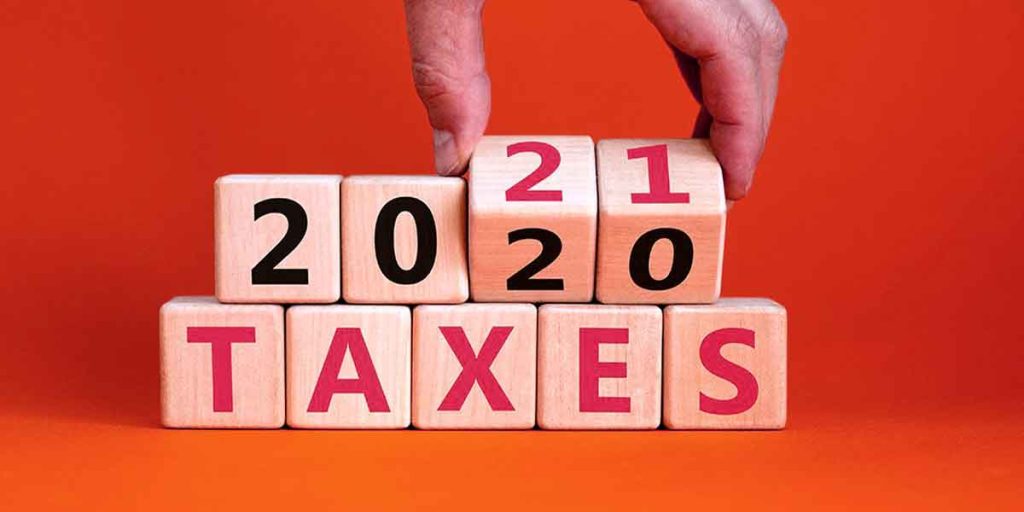Meaning of Estate Planning.
Estate planning simply means the process of anticipating and arranging, during a person’s life, for the management and disposal of that person’s estate during the person’s life, in the event the person becomes incapacitated and after death.
Estate Tax Rate
The estate tax is a tax on a person’s assets after death. This is the transfer of wealth during an individual’s lifetime or after death. This tax is imposed on the portion of an Estate that exceeds the lifetime gift and estate tax exemption amount. Estate Tax is a tax on the right of the deceased person to transmit his/her estate to his/her lawful heirs and beneficiaries at the time of death and on certain transfers, which are made by law as equivalent to testamentary disposition.
Importance of Estate Tax Rate.
The tax helps close what would otherwise be gaping loopholes in the income tax with respect to capital gains and other items.
The tax helps support the nonprofit sector by providing incentives to give to charity at precisely the time when people are distributing large amounts of wealth.
The tax also helps provide equal opportunity by reducing the extent of huge inheritances
Estate tax rate slated to change in 2021
Increase in the Federal Estate Tax Rate
The federal estate tax is a tax on the transfer of wealth during an individual’s lifetime or after death. This tax is imposed on the portion of an estate that exceeds the lifetime gift and estate tax exemption amount.
At present, the top federal estate tax rate is 40% and has been in effect since 2013. Prior to 2013, it was 35% for a few years, and before that it floated between 45%–55% beginning in the mid-1980s. Historically, the top estate tax rate reached its highest levels in the 1940s at 77%.
A step-up in basis is an adjustment to the cost basis of an appreciated asset to its fair market value at the time of the owner’s death. Retaining appreciated assets and waiting for a step-up in basis is a technique that has been used in estate planning for decades to avoid paying capital gains taxes on highly appreciated assets. One successful estate planning strategy has been to gift high-basis assets (i.e., those with low appreciation) during life and retain low-basis assets (i.e., those with high appreciation) to transfer at death, at which time the assets would receive a step-up in basis and beneficiaries could sell the assets without incurring any capital gains taxes.
Changes to GRATs
A GRAT, or grantor retained annuity trust, is a specific type of trust that is often used for transferring wealth in a tax-efficient way. The grantor makes a gift to the trust and receives an annuity stream from it for a specified period of years, typically ranging between two and 10 years. For gift tax purposes, a gift is made at the time the grantor transfers assets, and the gift amount is based on the “remainder” amount calculated by a government-defined formula. If a GRAT is structured properly, at the end of the GRAT term, any assets remaining in the trust may pass to the remainder beneficiaries free of any gift or estate taxes.
Facts about Estate Tax
The estate tax has been an important source of federal revenue for a century, yet a number of misconceptions continue to surround it. This report briefly describes ten facts about the federal estate tax.
Roughly 2 of Every 1,000 Estates Face the Estate Tax
Today, 99.8 percent of estates owe no estate tax at all, according to the Joint Committee on Taxation, only the estates of the wealthiest, roughly 2 out of every 1,000 people who die owe any estate tax. This is because of the tax’s high exemption amount, which has high level of increment in 2001 to 2017; thus, the estate tax is best characterized as a tax on very large inheritances by a small group of wealthy heirs; repeal would amount to a massive windfall averaging.
Taxable Estates Generally Pay About One-Sixth of Their Value in Tax
The effective rate is so much lower than the top rate for several reasons. First, estate taxes are due only on the portion of an estate’s value that exceeds the exemption level; at the 2017 exemption level of $5.49 million, a $6 million estate would owe estate taxes on $510,000 at most. Second, heirs can often shield a large portion of an estate’s remaining value from taxation through generous deductions and other discounts that policymakers have enacted over time.
Large Loopholes Enable Many Estates to Avoid Taxes
Many wealthy estates employ teams of lawyers and accountants to develop and exploit loopholes in the estate tax that allow them to pass on large portions of their estates tax-free. These strategies don’t benefit the broader economy; they only allow the wealthiest estates to avoid taxes.
Get help
If you would like to learn more about the necessity of estate planning, any one of our estate planning attorneys would be happy to assist you.









